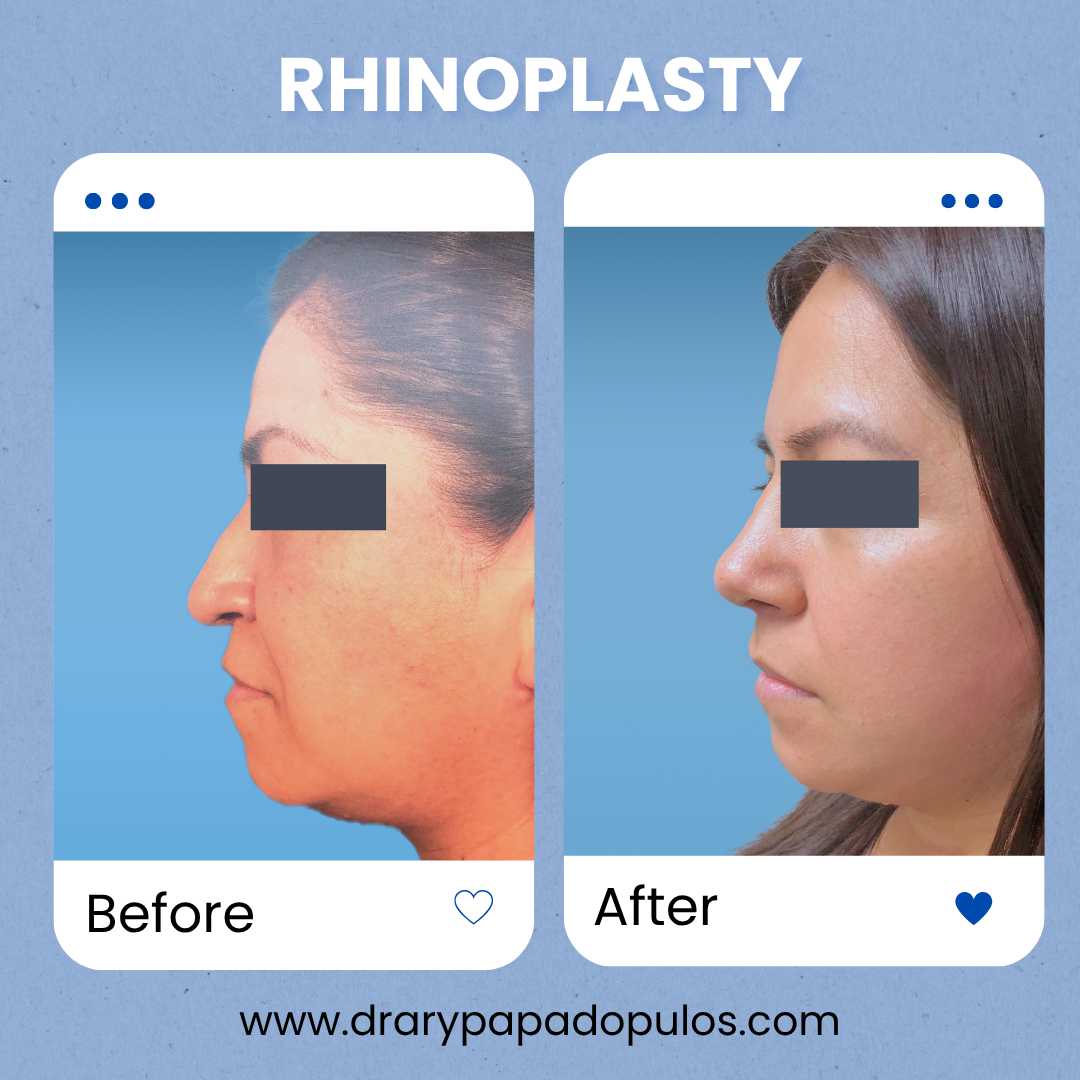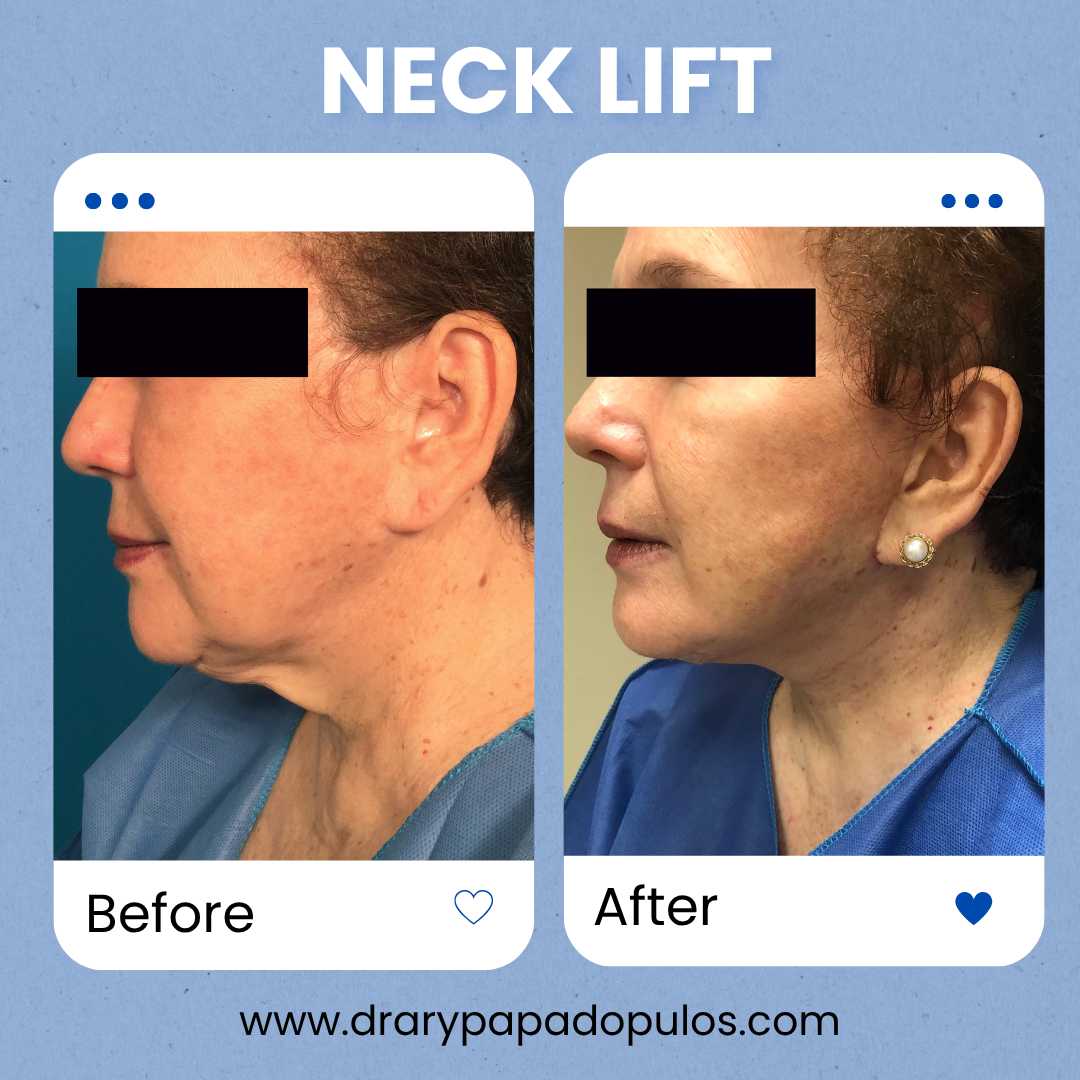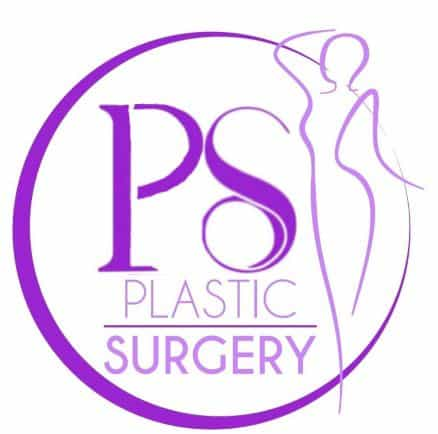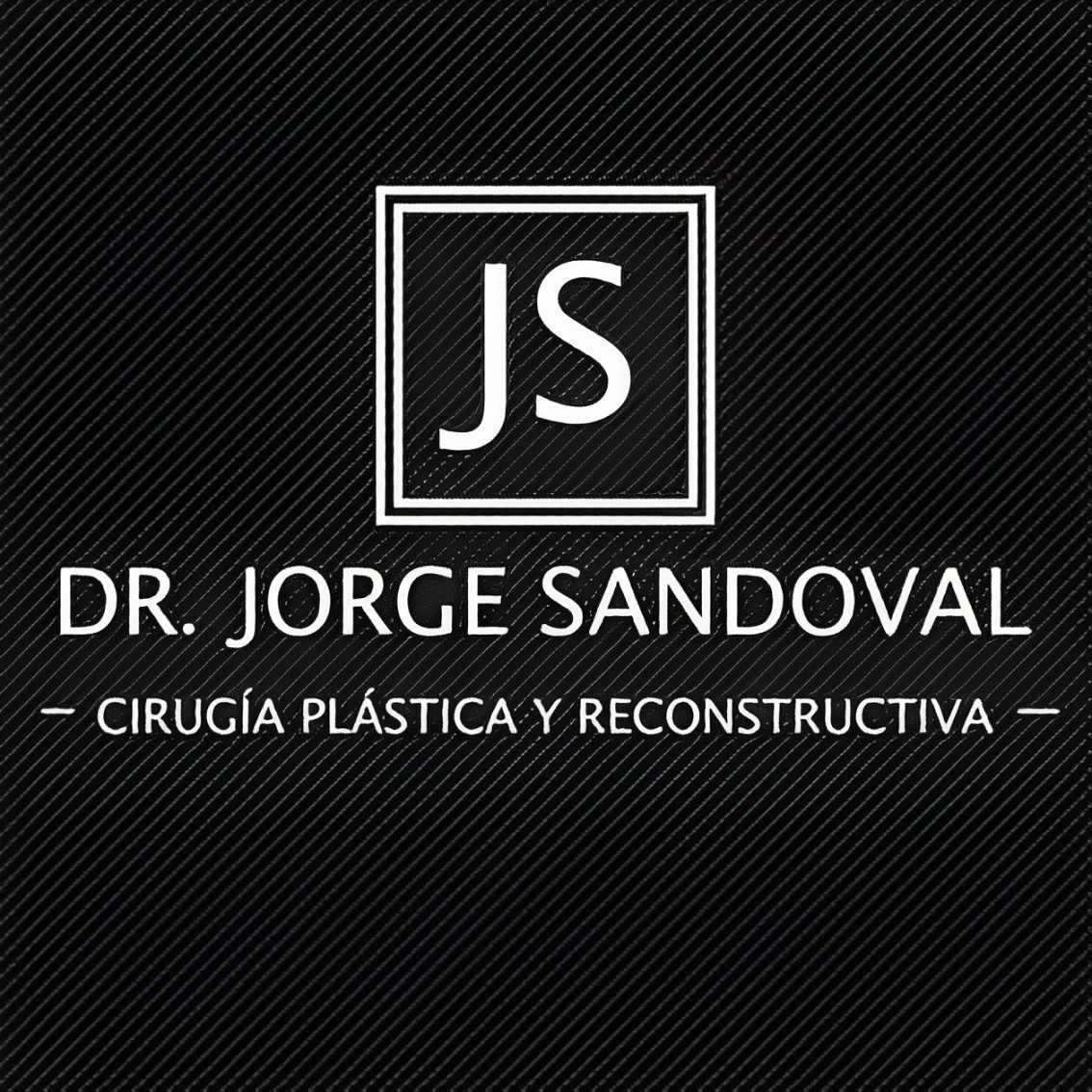Guide to How Long Facelift Results Last in Mexico
.jpg)
Many individuals considering a facelift look towards Mexico for its reputation in high-quality cosmetic surgery at often more accessible prices. A common and very important question that comes up is, "How long do facelift results from Mexico actually last?"
This is a perfectly natural concern, as investing in such a significant procedure means wanting to ensure the results are both impactful and durable. The good news is that the longevity of facelift results from Mexico is generally comparable to those performed in other countries, provided you choose a reputable surgeon and clinic.
Understanding the factors that influence how long your youthful appearance will last is crucial. While a facelift significantly turns back the clock, it doesn't stop the natural aging process. However, with modern surgical techniques, diligent post-operative care, and a healthy lifestyle, patients can enjoy a refreshed and revitalized look for many years.
This article will delve into what you can realistically expect regarding the duration of your facelift results from Mexico, addressing key questions and offering insights to help you make informed decisions.
How Long Do Facelift Results from Mexico Typically Last?
The longevity of a facelift performed in Mexico is largely consistent with results achieved globally. Modern facelift techniques, particularly those that address the deeper facial structures (SMAS lift or deep plane lift), aim to provide a more natural and longer-lasting outcome than older, skin-only lifts. When performed by a skilled, board-certified plastic surgeon, the structural changes made during a facelift can effectively combat the signs of aging for a considerable period.
It's important to remember that while a facelift provides a significant rejuvenation, it cannot halt the natural aging process. Gravity, sun exposure, genetics, and lifestyle choices continue to play a role in how your skin and facial tissues change over time. However, even as natural aging progresses, patients who have undergone a facelift typically continue to look significantly younger than they would have without the procedure.
What Factors Influence the Longevity of a Facelift?
Several key elements contribute to how long you can enjoy your refreshed look after a facelift. Understanding these can help you manage expectations and actively participate in maintaining your results:
- Surgical Technique and Surgeon's Skill: Advanced techniques that lift and reposition not just the skin but also the underlying muscle and tissue (like the SMAS layer) provide more robust and lasting results. An experienced, board-certified surgeon with a strong understanding of facial anatomy is crucial for optimal outcomes.
- Patient's Age and Skin Quality: Younger patients with better skin elasticity often experience longer-lasting results. Good skin elasticity allows the tissues to redrape more smoothly and maintain the lifted position effectively.
- Genetics: Individual genetic predisposition plays a role in how quickly or slowly your skin ages and responds to surgery.
- Lifestyle Factors: Smoking, excessive sun exposure, significant weight fluctuations, and poor nutrition can all accelerate the aging process and diminish facelift longevity.
- Post-Operative Care and Maintenance: Adhering to your surgeon's aftercare instructions and maintaining a consistent skincare regimen can significantly extend the life of your facelift.
Are Facelifts in Mexico as Effective as Those Done Elsewhere?
Mexico has become a prominent destination for medical tourism, particularly for cosmetic procedures like facelifts. Many clinics in cities like Tijuana, Guadalajara, and Cancun boast state-of-the-art facilities, highly trained medical staff, and surgeons who have often received training in the United States or Europe. The key to successful and effective surgery in Mexico lies in thorough research and careful selection of your healthcare provider.
Reputable Mexican clinics prioritize patient safety and outcomes, adhering to international medical standards. They use similar advanced techniques and technologies as clinics in other developed nations. The perceived difference often comes down to the lower operational costs in Mexico, which translates into more affordable procedure prices, rather than a compromise in quality or effectiveness. Always look for surgeons with specific expertise in facelifts and positive patient testimonials.
What Type of Facelift Procedure Offers the Longest-Lasting Results?
While there are various facelift techniques, the ones that focus on repositioning the underlying tissues and muscles, rather than just tightening the skin, provide more enduring outcomes. The SMAS layer is a crucial structure beneath the skin and fat that supports the facial tissues. By lifting and securing this layer, surgeons can achieve a more significant and stable improvement in sagging cheeks, jowls, and neck.
The deep plane facelift, which goes even deeper to release ligaments and reposition muscle and fat, is often considered the gold standard for long-lasting and comprehensive rejuvenation, particularly for the mid-face. Mini-lifts or "short-scar" facelifts, while less invasive, typically offer shorter-term results (5-7 years) and are best suited for individuals with less extensive signs of aging or those seeking a touch-up. Your surgeon will recommend the best technique based on your specific needs and aesthetic goals.
How Does Post-Operative Care Affect Facelift Longevity?
The recovery period immediately following your facelift is crucial for ensuring the best possible long-term results. Your surgeon in Mexico will provide detailed instructions on how to care for yourself, which may include:
- Wearing Compression Garments: These help reduce swelling and support the newly repositioned tissues. Consistent wear as directed is vital.
- Managing Swelling and Bruising: Applying cold compresses and keeping your head elevated can help minimize these common post-surgical effects, which, if prolonged, can affect healing.
- Incision Care: Keeping incisions clean and protected helps prevent infection and promotes optimal scarring.
- Avoiding Strenuous Activity: Heavy lifting, intense exercise, and excessive facial movements should be avoided for several weeks to prevent strain on healing tissues.
- Sun Protection: Protecting healing skin from direct sunlight is essential to prevent hyperpigmentation and protect the integrity of the incisions.
Neglecting any of these instructions can compromise healing, increase the risk of complications, and potentially shorten the effective lifespan of your facelift results. A smooth and proper recovery lays the foundation for lasting beauty.
Can Lifestyle Choices Impact How Long Facelift Results Last?
While a facelift provides a dramatic improvement, it doesn't make you immune to the effects of aging or poor habits. To maximize the duration of your facelift results, consider adopting a healthy lifestyle:
- Avoid Smoking: Smoking severely impairs blood flow, damages collagen and elastin, and accelerates skin aging, directly counteracting the benefits of a facelift.
- Protect from Sun: UV radiation is a primary cause of skin aging. Consistent use of high SPF sunscreen, hats, and seeking shade will protect your skin and preserve your results.
- Maintain a Stable Weight: Significant weight gain or loss after a facelift can stretch or loosen facial tissues, undoing some of the surgical tightening.
- Healthy Diet and Hydration: A diet rich in antioxidants and proper hydration supports skin health and overall vitality.
- Manage Stress: Chronic stress can manifest on the face, contributing to premature aging. Stress reduction techniques can be beneficial.
These lifestyle adjustments, combined with a good skincare routine (including retinoids, antioxidants, and moisturizers), can significantly help maintain your youthful appearance for many years after your facelift.
When Might a Revision Facelift Be Necessary After Surgery in Mexico?
Even the longest-lasting facelift cannot stop time completely. Over a decade or more, as the natural aging process continues, some degree of skin laxity and tissue descent will inevitably occur. This doesn't mean your initial facelift "failed," but rather that the clock continues to tick. Patients often consider a revision facelift not because the first one wore off entirely, but because they desire a refreshed look to address new signs of aging.
A revision facelift is typically a less extensive procedure than the primary one, focusing on areas that have started to show new signs of aging. It can also be performed if a patient is dissatisfied with the initial results, though this is less common with experienced surgeons. It's crucial to consult with a skilled surgeon who specializes in revision procedures, as the anatomy can be more complex due to previous scarring and tissue manipulation. Your Mexican surgeon will likely discuss the possibility of future touch-ups or revision with you during your initial consultation.
What is the Average Cost of a Facelift in Mexico Compared to the US?
The cost difference is one of the primary reasons many individuals choose Mexico for their facelift. While prices vary based on the specific type of facelift, the surgeon's experience, the clinic's location and amenities, and whether other procedures are combined, the savings can be substantial.
| Location | Average Facelift Cost (USD) |
|---|---|
| Mexico | $5,000 - $10,000 |
| United States | $8,000 - $15,000+ |
It's crucial to get a comprehensive quote that includes surgeon's fees, anesthesia, facility costs, and any necessary post-operative care or medications. Be wary of prices that seem too good to be true, as they might indicate hidden costs or compromised quality. Always prioritize safety and quality over simply the lowest price.
How to Choose a Reputable Clinic for a Facelift in Mexico?
Selecting the right clinic and surgeon in Mexico is paramount for both safety and satisfaction. Given the proliferation of medical tourism options, diligent research is non-negotiable:
- Surgeon Credentials: Verify that the surgeon is board-certified in plastic surgery. Look for affiliations with recognized professional organizations in Mexico and internationally.
- Clinic Accreditation: Opt for clinics that hold international accreditations, such as from the Joint Commission International (JCI), which signifies adherence to high standards of patient safety and quality of care.
- Experience and Specialization: Choose a surgeon with extensive experience specifically in facelifts and a portfolio of impressive before-and-after photos.
- Patient Reviews and Testimonials: Read reviews from previous patients on independent platforms. Look for consistent positive feedback regarding results, patient care, and communication.
- Communication: Ensure clear and open communication with the clinic and surgeon throughout the process, ideally with staff who speak your language fluently.
- Transparent Pricing: A reputable clinic will provide a detailed breakdown of all costs upfront, with no hidden fees.
Consider using a medical tourism facilitator, like PlacidWay, which can help connect you with vetted and reputable clinics and surgeons in Mexico, simplifying the research process.
What Are the Signs That a Facelift May Need Refreshing?
While your initial facelift results are long-lasting, you might eventually notice new signs of aging that indicate it's time to consider a touch-up or revision. These signs typically appear gradually over many years, often 10-15 years or more after the original surgery.
Common indicators include:
- Return of Jowls: The development of new sagging skin along the jawline.
- Neck Laxity: Loosening of the skin and muscles in the neck, leading to bands or a "turkey wattle" appearance.
- Deepening Facial Folds: Re-emergence of prominent nasolabial folds (lines from nose to mouth corners) or marionette lines (lines from mouth corners to chin).
- Loss of Facial Volume: While a facelift primarily tightens, continued volume loss in the cheeks can contribute to an aged look, which might be addressed in conjunction with a refresh.
- Overall Tired Appearance: A general sense that your face no longer reflects the energy you feel inside.
These are natural progressions of aging. A consultation with a qualified plastic surgeon can help determine if a minor procedure or a full revision facelift is the appropriate next step to restore your desired youthful contour.
How Can Medical Tourism Facilitators Help with Facelifts in Mexico?
Navigating the complexities of international medical travel can be daunting, especially when focusing on a significant procedure like a facelift. This is where medical tourism facilitators become invaluable. They act as a bridge between patients and international healthcare providers, streamlining the entire process.
Services typically offered by a reputable facilitator include:
- Clinic and Surgeon Vetting: Providing access to a network of pre-screened, accredited hospitals and board-certified surgeons in Mexico.
- Treatment Planning: Helping you get remote consultations, obtain quotes, and understand procedure details.
- Logistical Support: Assisting with travel bookings (flights, transfers), arranging comfortable accommodations, and sometimes coordinating local interpreters.
- Post-Care Coordination: Ensuring a smooth transition from surgery to recovery, including follow-up appointments.
- Patient Advocacy: Offering support and guidance throughout your journey, addressing concerns, and ensuring your experience meets expectations.
By utilizing a facilitator, patients can feel more confident and secure, knowing they have expert assistance every step of the way, making the journey to a lasting facelift in Mexico much more manageable.
Considering a facelift or other medical procedure in Mexico?
Explore your options and connect with trusted healthcare providers through PlacidWay. We help you find quality care and achieve your health and aesthetic goals globally.


.png)






-for-Vancouver-Patients-in-Guadalajara,-Mexico.jpg)







Share this listing